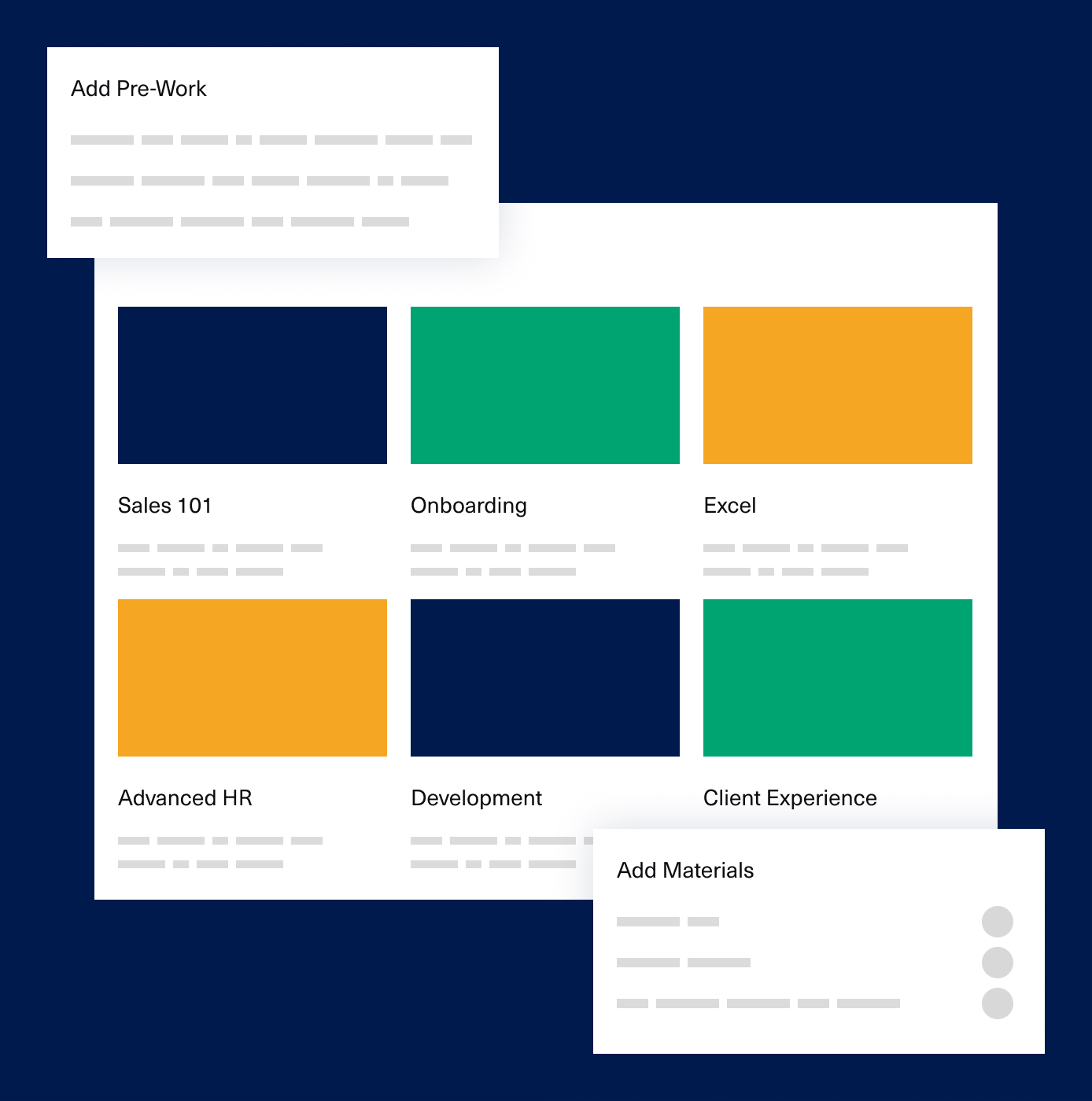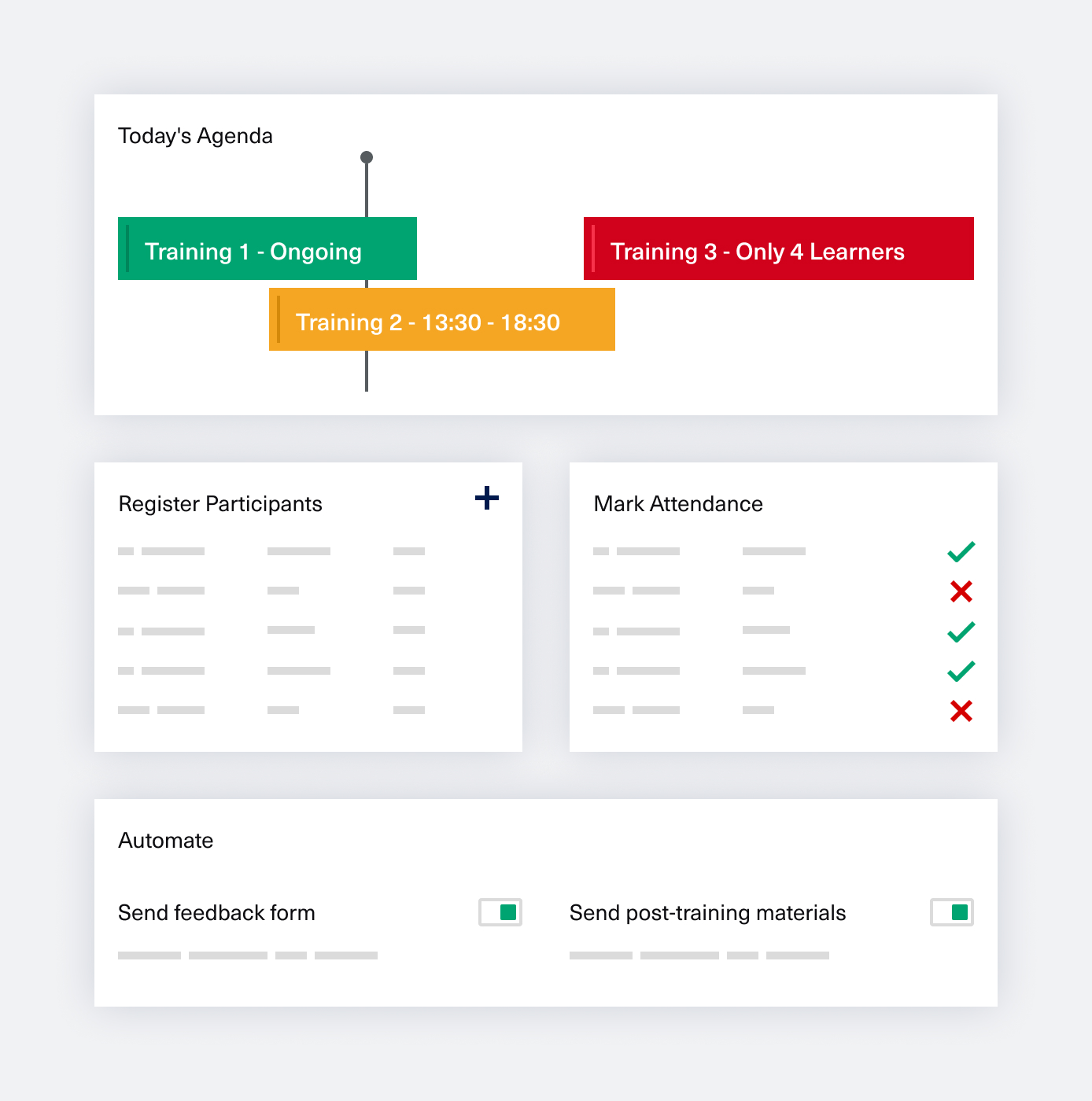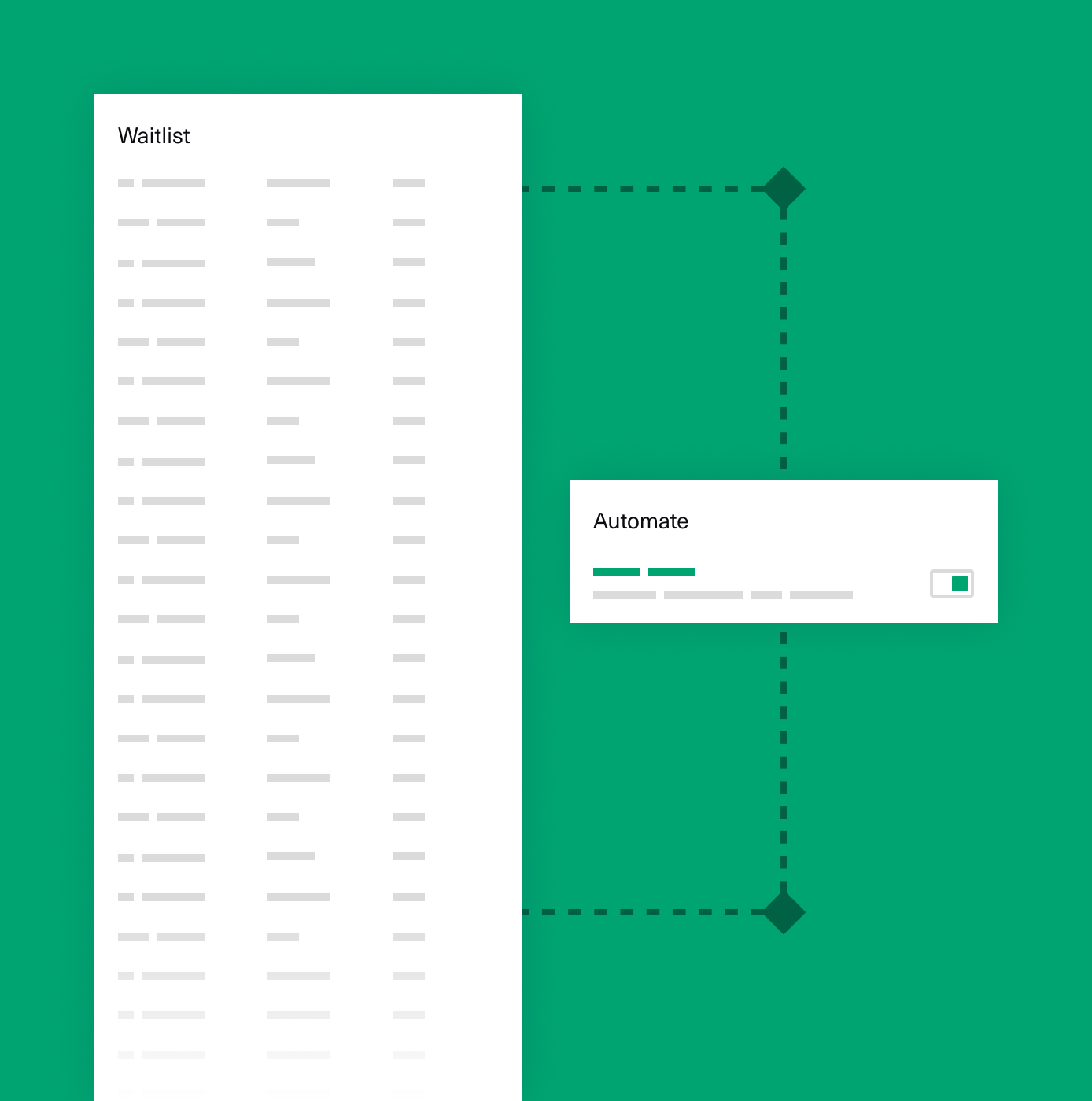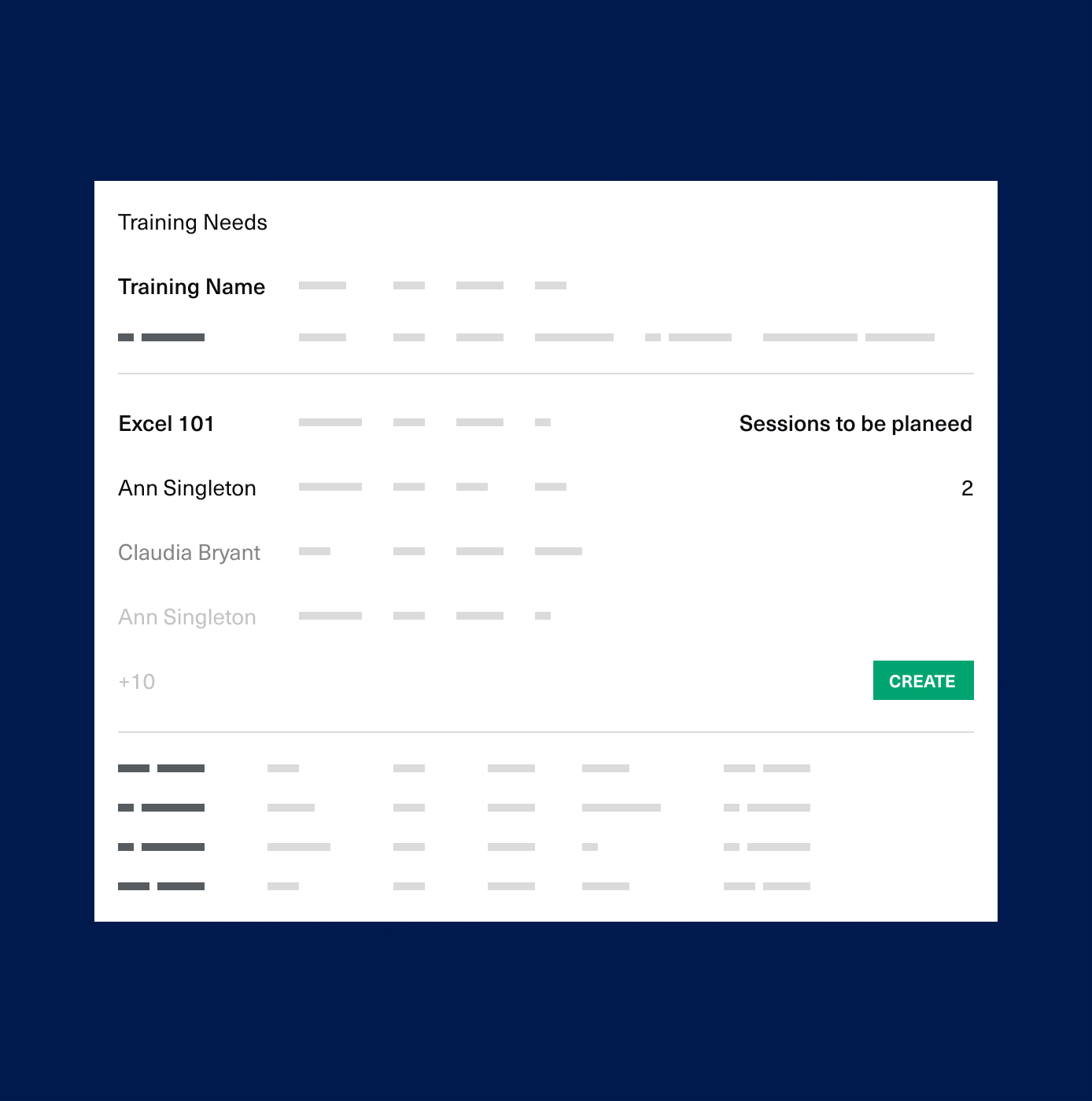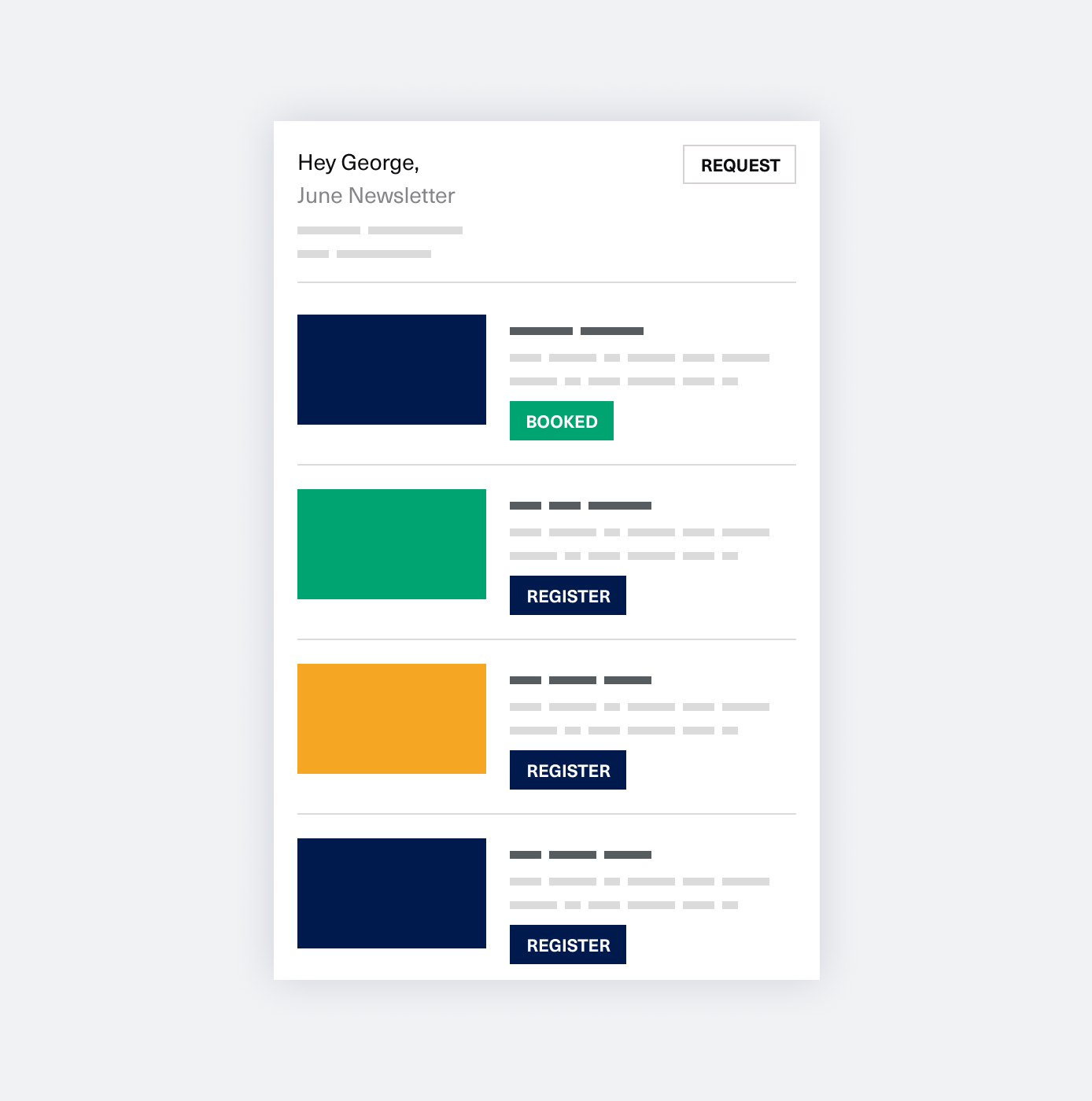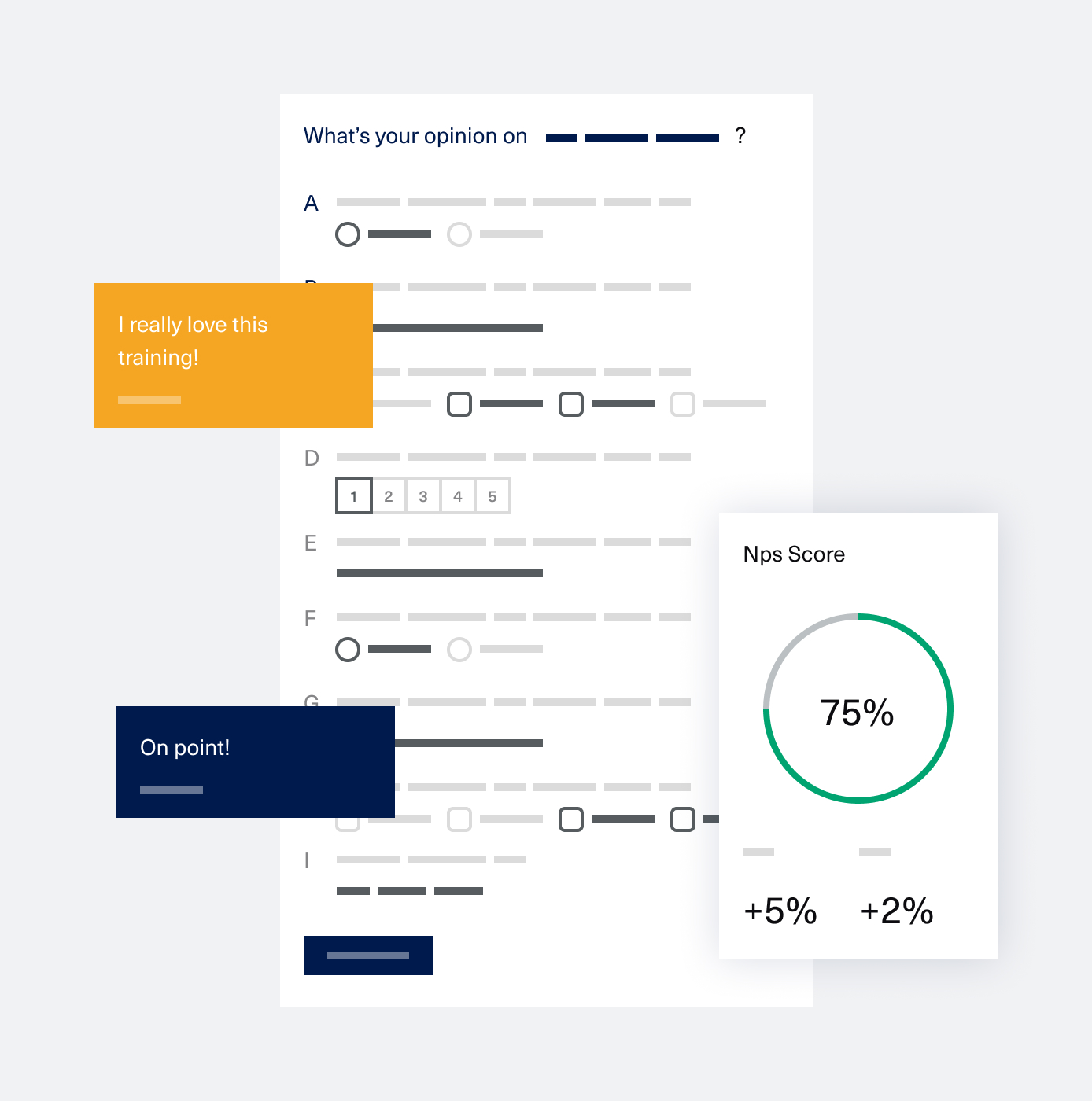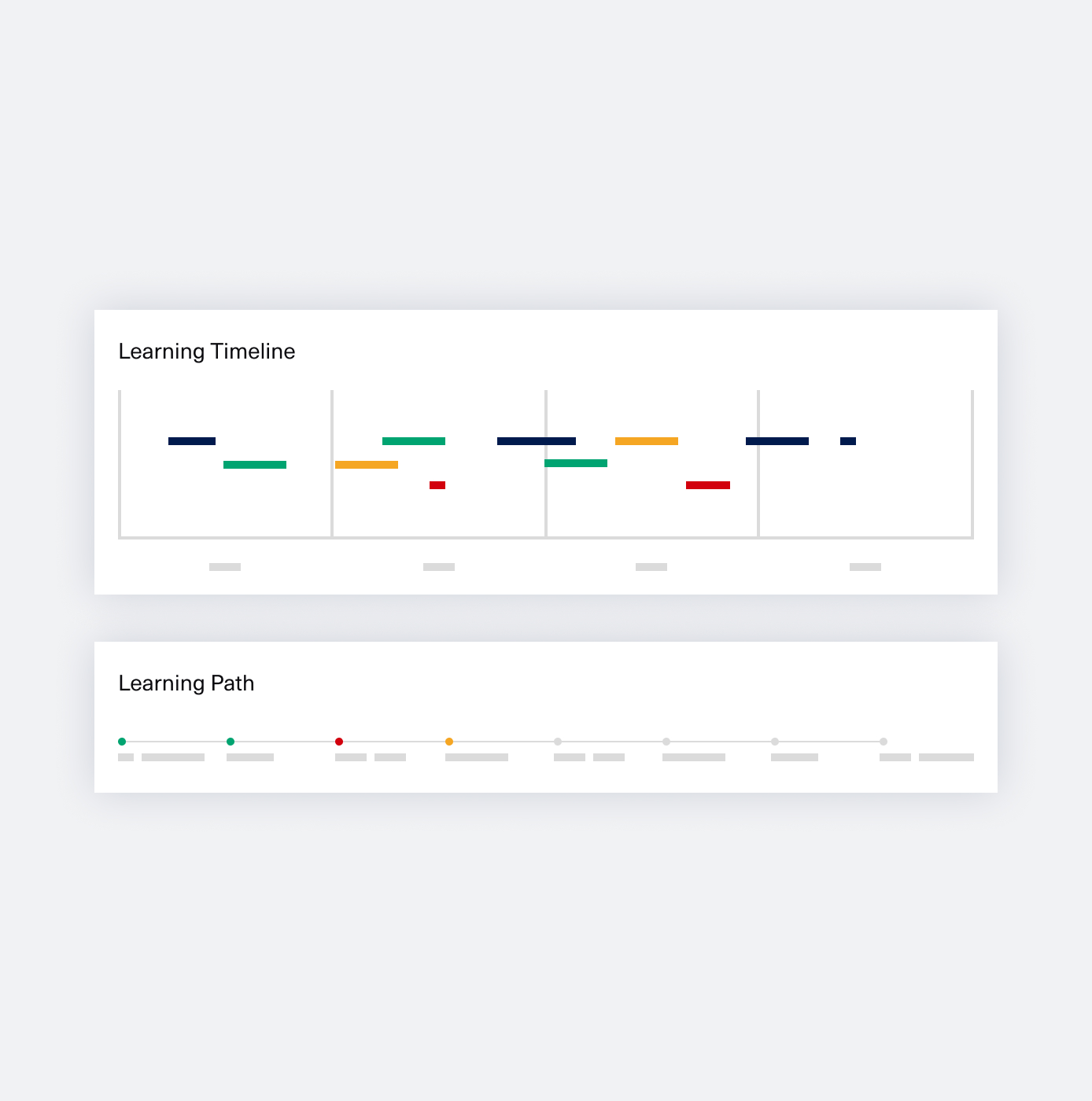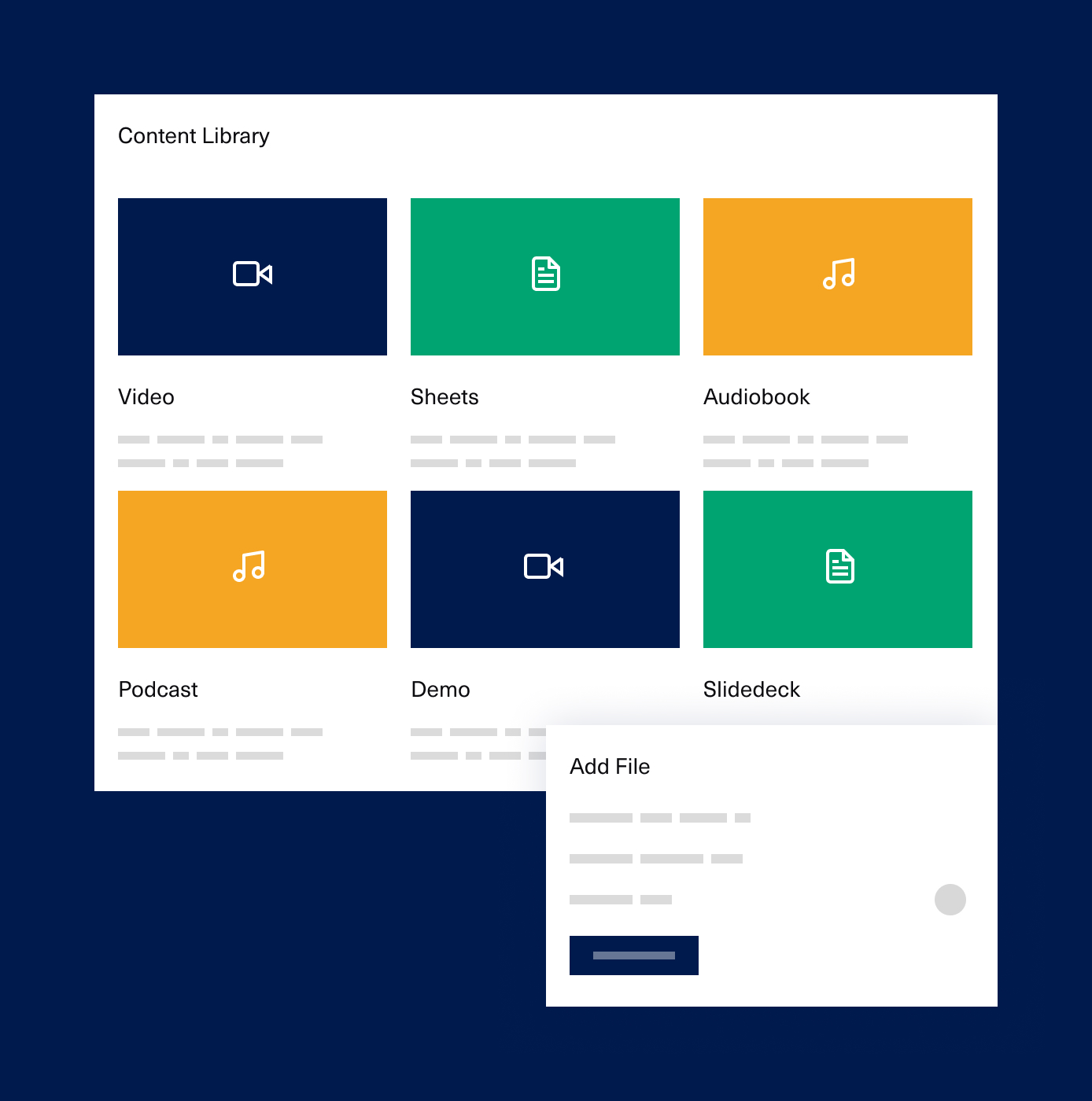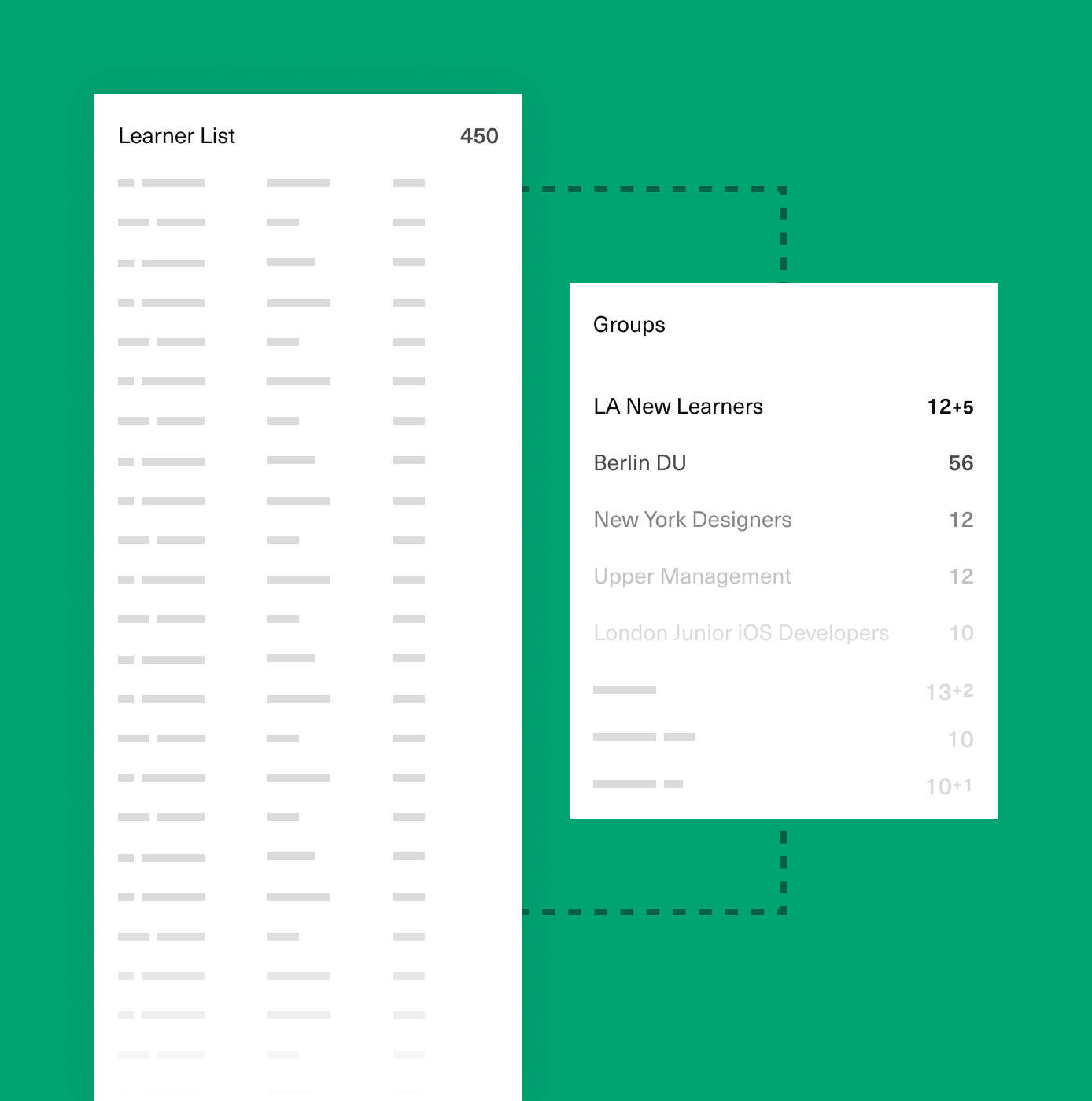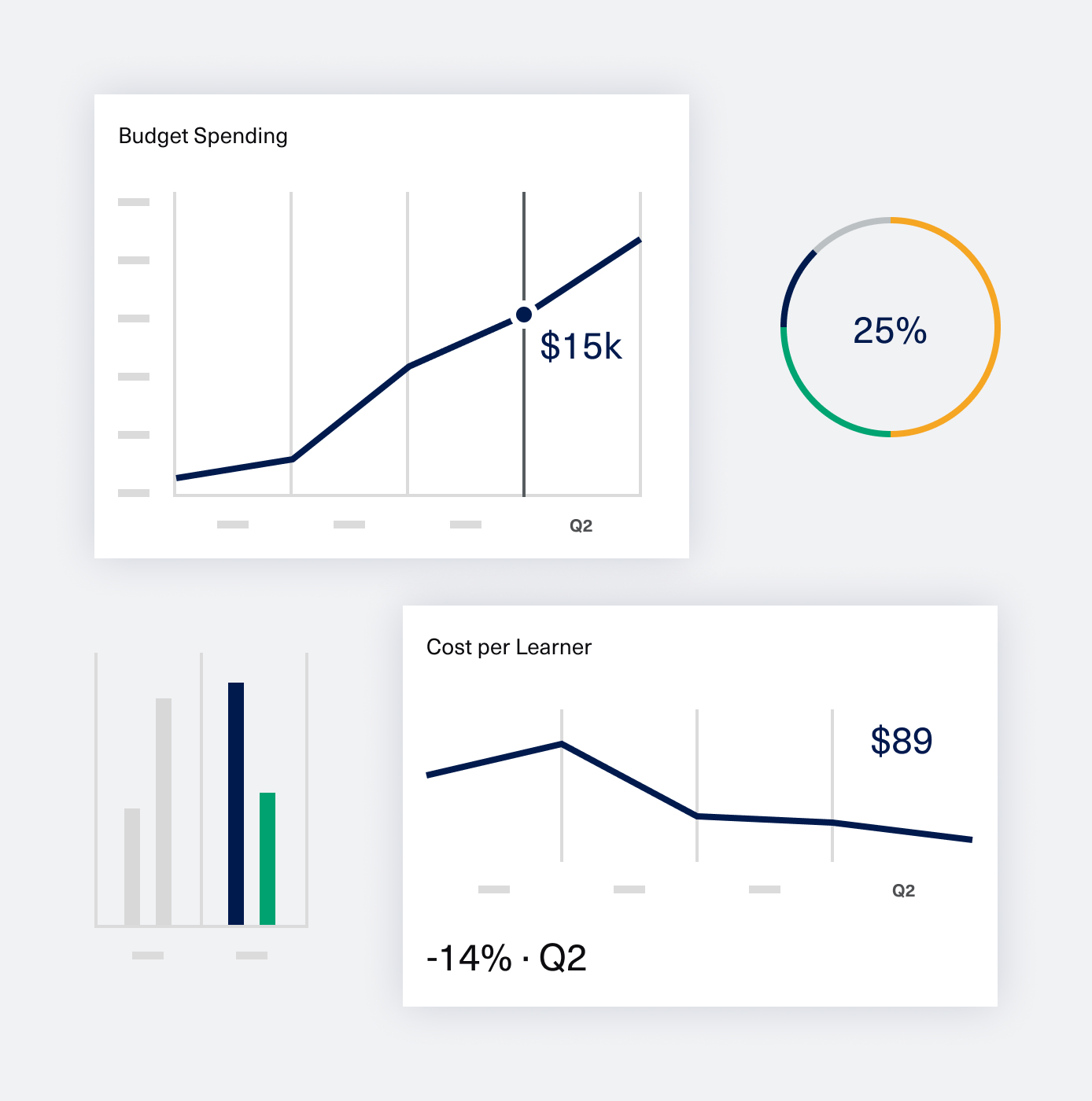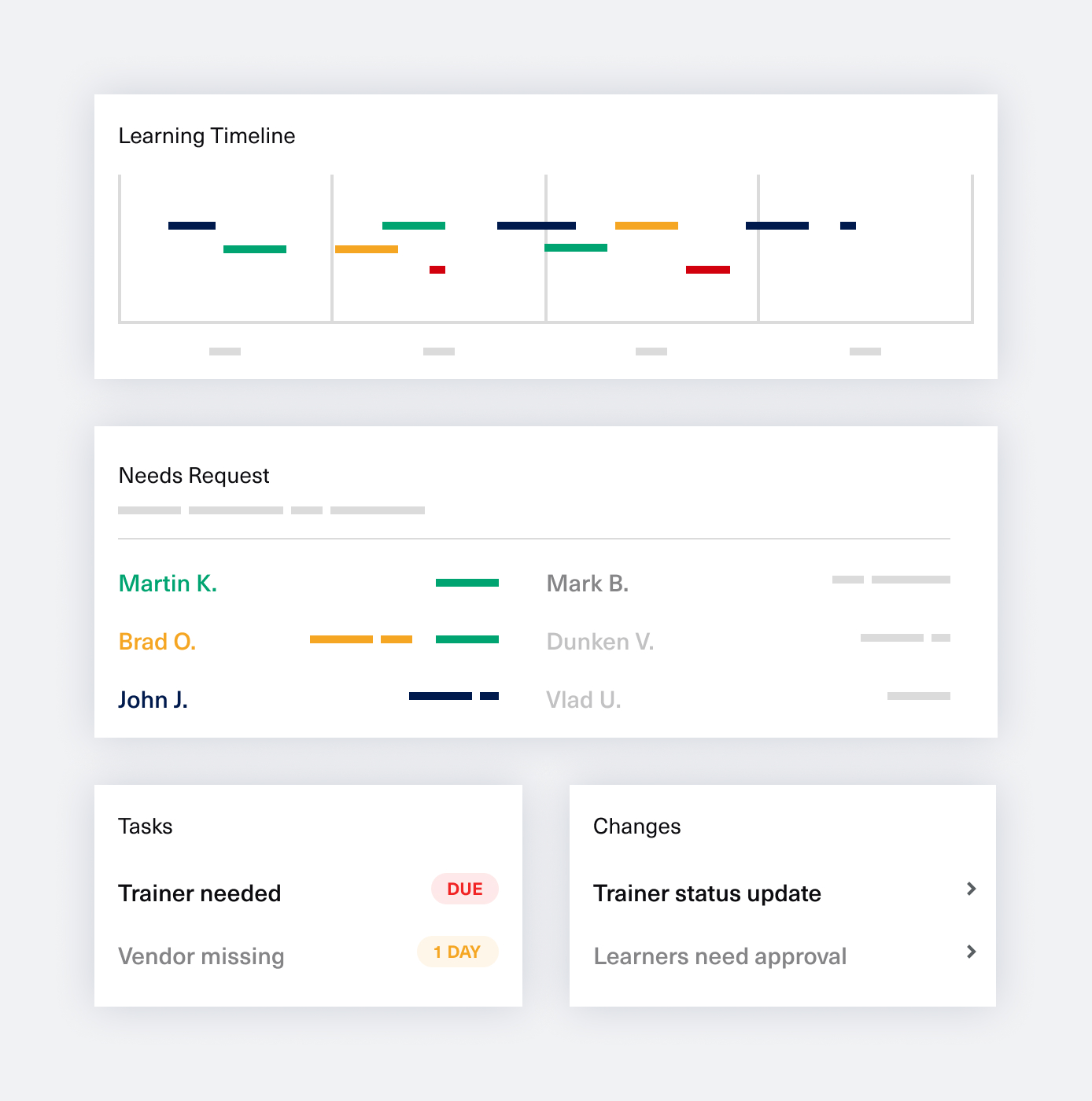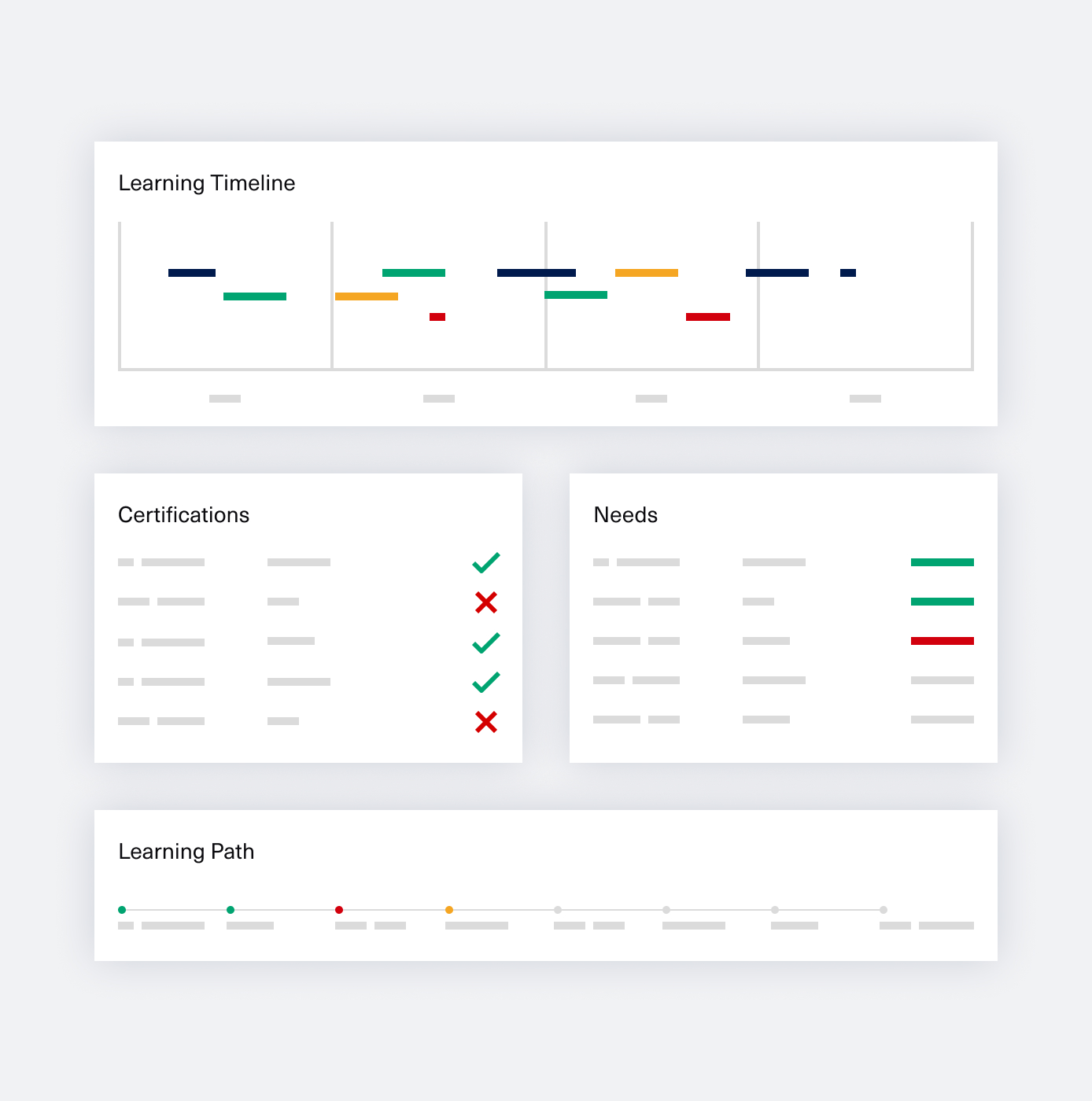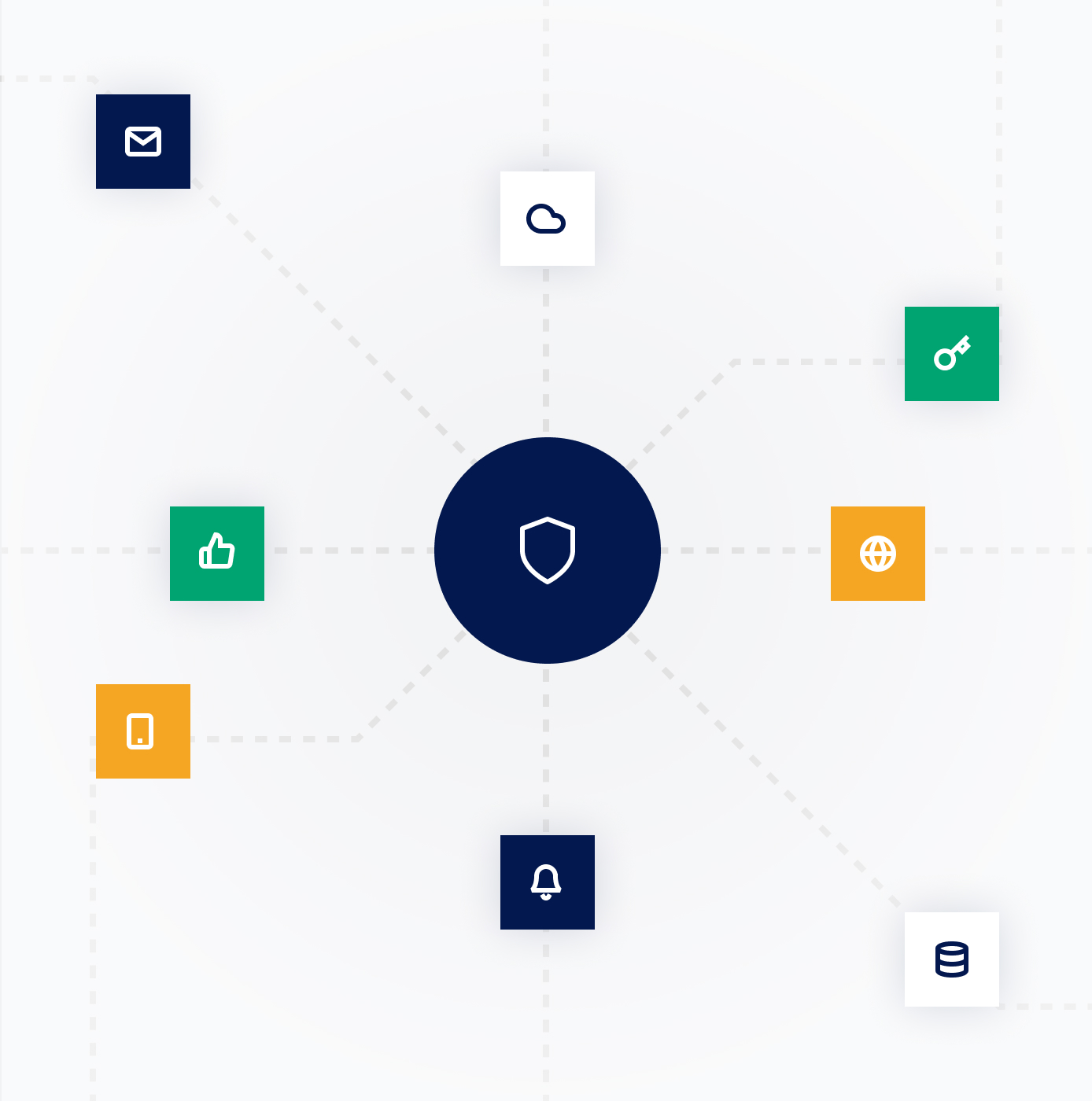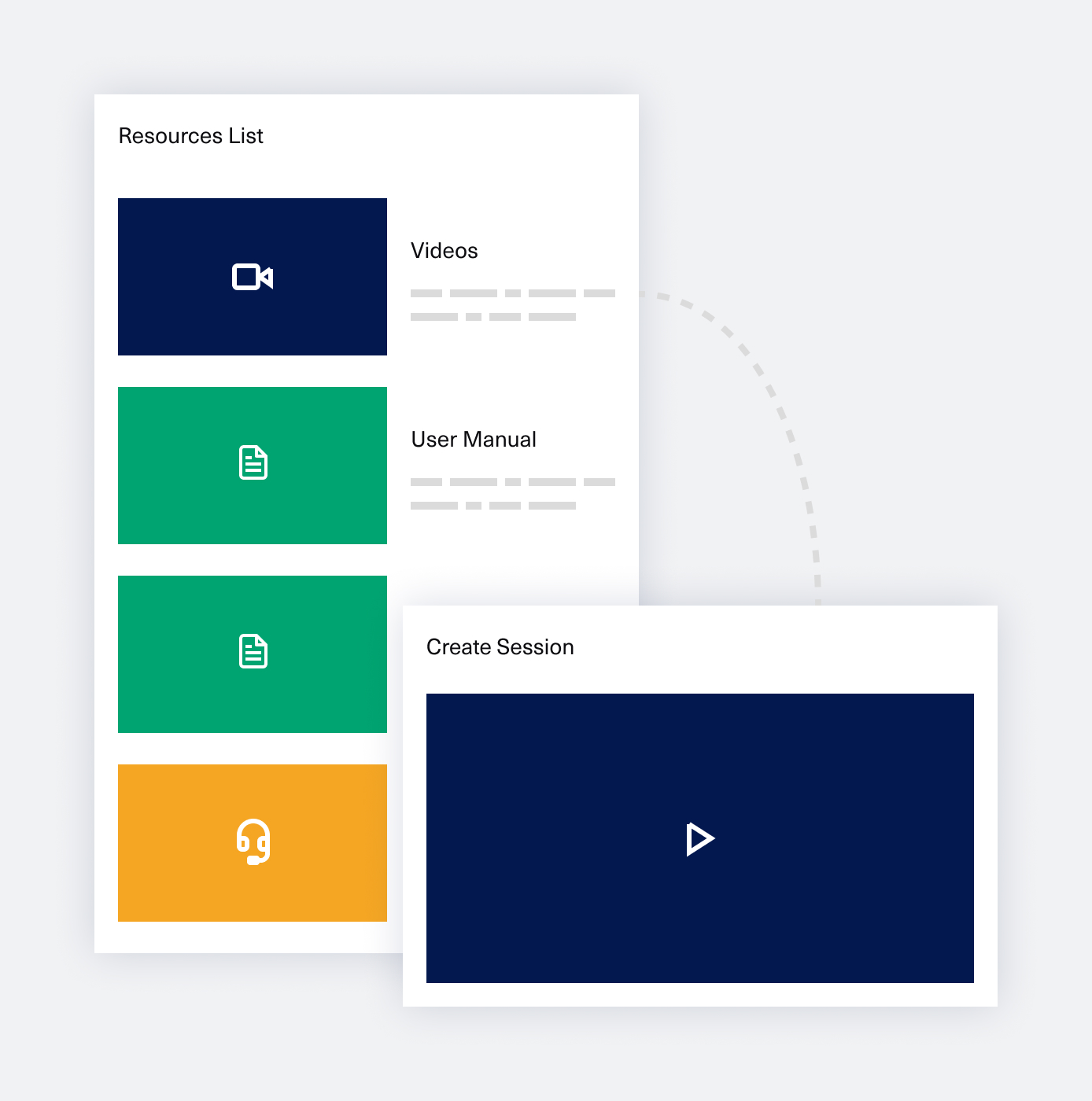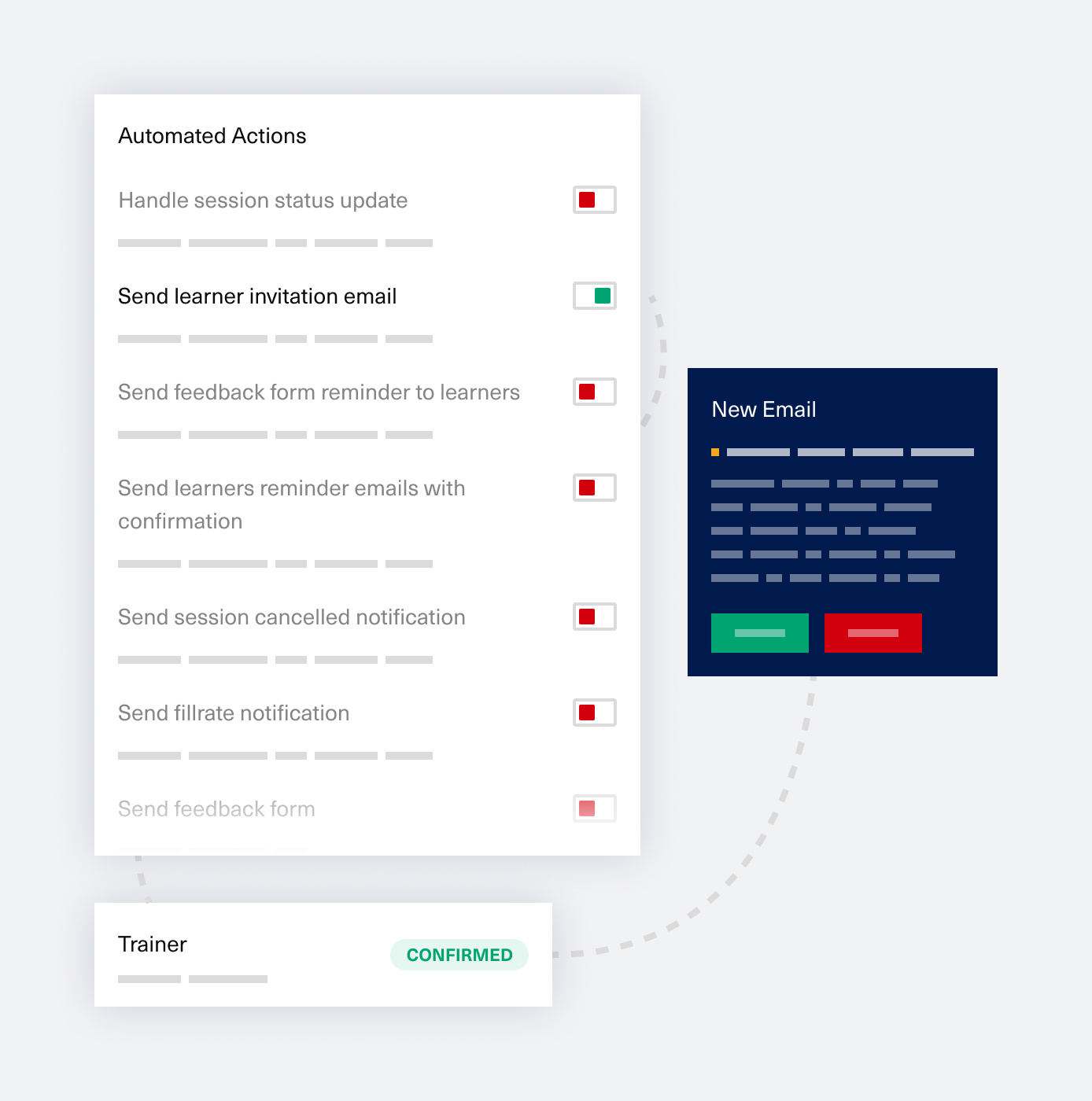Essential skills needed in Training Needs Analysis
The Training Needs Analysis is a complex project, and L&D professionals who own it need to have various skills:
- Research
The TNA is a research project, meaning those who conduct it need to know how to use different research methods (such as interviews or focus groups), put together all the data gathered, and extract insights that serve as the basis of the L&D programs planned.
There are various stakeholders involved in the project. From people managers to HR Business Partners, employees, or the Executive Team, they all need to be involved or informed about the process’s status and its outcomes. So L&Ds need first to understand all the stakeholders, how everyone is benefiting from the Training Needs Analysis, and how they should be involved.
- Project Management
From planning, implementation, and follow-up, each stage is owned by L&D, so the project manager needs to be organized, have a clear plan and timeline in mind, and be able to keep track of the project every step of the way.
How to conduct a Training Needs Analysis?
Map your stakeholders
As mentioned before, one of the most important steps of the Training Needs Analysis process is stakeholder engagement.
- People Managers and employees are both the audience of your research and the ones who need to be updated about what’s going to happen with all the information you gather;
- HR Business Partners can also serve as research subjects, but their most important role is being a sponsor of the project and its outcomes;
- The Executive Team could first give you the big picture of where your organization and teams are heading so you can understand which skills will be need in one year, five years, ten years. They are also the ones who will sponsor a budget for the implementation of the solutions you’ll propose as a follow-up to the project, so they need to be engaged every step of the way.
No matter who they are, everyone can give you different levels of information about the skills needed and their current level, can help you by advocating for the Training Needs Analysis project, and could serve as a partner in the implementation phase. So it’s essential to keep them in the loop every step of the way with the information you consider they need to know.
Choose your research methods
There are various research methods you can use in your Training Needs Analysis:
- You can interview people managers to find out more about the roles in their teams, how they performed in the past year, the projects planned in the future, and the skills needed to reach their goals;
- Depending on your workforce size, you can use focus groups and surveys to also gather input from your employees;
- You can look at previous goals to see how your organization is performing;
- Even before talking to anyone, you can start your Training Needs Analysis by looking at your available data. One of the sources you can use is a Learning Management System. For example, Nifty Learning provides complex dashboards about the usage of your current learning resources. Since people always look for what they need, you can consider the resources accessed often as the ones that serve useful knowledge and skills to your employees;
- Other sources you can use are engagement surveys, churn data, or onboarding dashboards. All of them might bring you additional information about the state of your teams, skill gaps, or individual needs.
To make sure the output of your Training Needs Analysis is qualitative, make sure:
- You use more than one research method. One source might be biased, but consulting more sources might reduce biased information;
- No matter what research methods you’re using, set your goals. What do you want to know? Do you want to better understand current performance levels on different skills? New skills needed in the near future? Maybe you want to understand how new hires integrate into your teams. State all your goals so you can make sure you approach them one way or another;
- People will come with solutions. You’re not there for someone else to tell you what they need in terms of learning methods. You’re there to discover the needs of your internal clients. Appropriately phrasing questions will do wonders.
Implement and follow-up
When implementing the Training Needs Analysis, you need a place to gather all the information you’re getting. And it’s going to be a lot! Make use of Excel as much as possible to better organize all the input and make it easier to be analyzed.
Take proper time to analyze your research data. You’ll need at least one week to grasp everything and another week to brainstorm solutions.
At the end of the project, make sure you follow up with everyone involved by talking about both the process and your plans ahead:
- If your process is through, it’s a shame not to mention it. Showing others how strong your pool of data is will boost confidence in your solutions as well;
- People like predictability and dislike giving you their opinion if nothing happens with it afterwards. Let them know the interview, focus group, or the time spent on filling a survey mattered.
Don’t stop there
People won’t remember two months later what you wrote in an email, so make sure you use all the channels available throughout one year to talk about your process and your plan.
The Training Needs Analysis shouldn’t be done once a year. Connecting with people as often as possible and being in the mindset of gathering needs will help you stay ahead of everyone’s requests.

